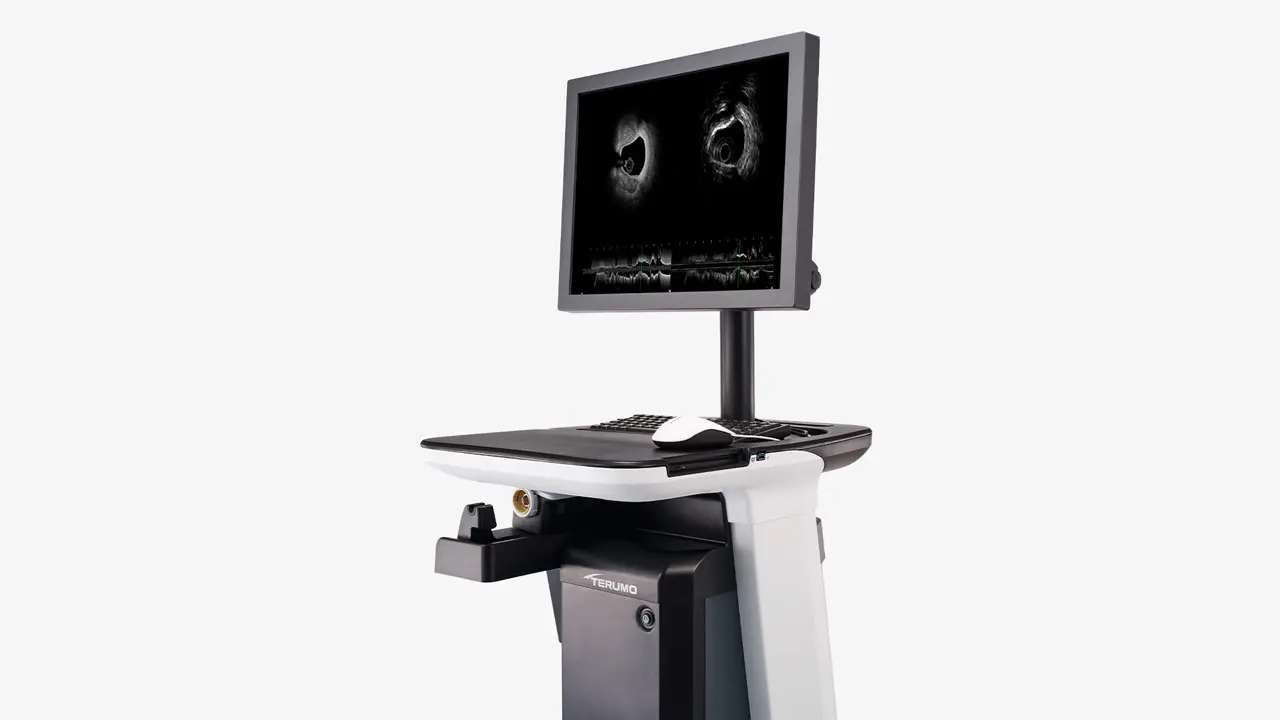Terumo Interventional Systems (TIS), a division of Terumo Corporation, has received 510(k) clearance from the U.S. Food and Drug Administration (FDA) for its OPUSWAVE® Dual Sensor Imaging System. The OPUSWAVE Imaging System features the DualView® imaging catheter, which also received FDA 510(k) clearance.
The OPUSWAVE Imaging System combines Optical Frequency Domain Imaging (OFDI) and intravascular ultrasound (IVUS) to enable simultaneous views, offering physicians the ability to comprehensively evaluate coronary artery disease (CAD). While this marks Terumo’s imaging debut in the US market, the company is already a recognized leader in the single modality imaging space in Japan, where adoption of imaging in percutaneous coronary intervention (PCI) procedures is the highest in the world.
“Importantly, the OPUSWAVE Imaging System allows physicians to maximize imaging efficiency without sacrificing quality when it comes to creating treatment plans to achieve the best outcomes for their patients,” said Ghada Farah, President, Terumo Interventional Systems. “By combining the advanced imaging capabilities of OFDI and IVUS into a single catheter, the OPUSWAVE Imaging System also creates a strong opportunity to shorten procedural time and costs in treating CAD.”
What makes the OPUSWAVE Imaging System unique is the DualView imaging catheter, which offers a 150mm maximum pullback length. It also has a 2.6 Fr. imaging profile, 6 Fr. guide compatibility, advanced hydrophilic coating, and a variable pullback speed of up to 40mm/second in dual mode.
“The OPUSWAVE Imaging System is an ideal technology for interventional cardiologists who perform image-guided PCI,” said Michael J. Martinelli, MD, FACC, FSCAI and Chief Medical Officer, Terumo Medical Corporation. “This innovative imaging system provides the opportunity for physicians to take advantage of the benefits of both OFDI and IVUS in the assessment and treatment of any lesion morphology. Instead of having to commit to one imaging tool, they now have the flexibility to access both imaging modalities with a single catheter.”
